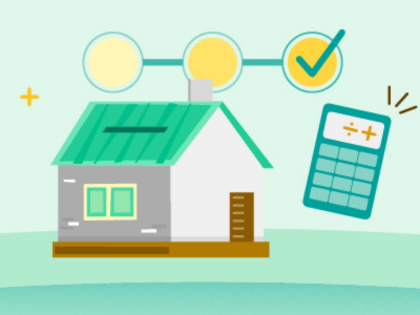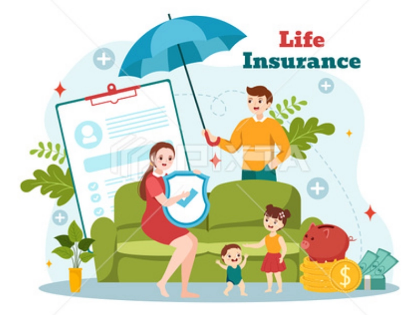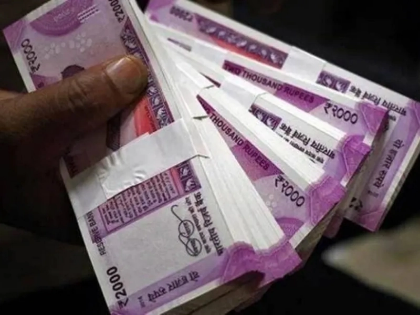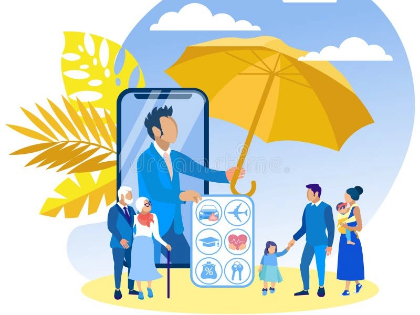How to Save Money on Prescription Drug Costs
Prescription drugs are an inevitable part of life, but they don’t have to break the bank. By exploring generic alternatives, requesting longer prescriptions and using discounts, people can save money on their medication without compromising their health. Doctors can guide patients on cost-saving measures like switching to generic medications that are identical in effectiveness but can be as much as 80% cheaper. Some pharmacies and supermarket chains offer savings programs that can also help.
1. Talk to Your Doctor About It

2. Switch to Generics
 Taking generic medications is one of the easiest ways to cut your drug costs. Generic drugs are identical to the brand-name medications your doctor prescribes, but they're much cheaper.
A recent study found that if Colorado payers switched to low-cost generics for 45 high-cost prescription drugs, total spending would have been reduced by $873,711 (note: this is an estimate of “would-be” savings).
Ask your doctor for a point-blank prescription allowing pharmacy staff to substitute the lowest-cost version of your medication. Your doctor may also be able to suggest a lower-cost over-the-counter alternative or even a different therapeutic option. Your pharmacist can also help you save on medication by recommending a generic or less expensive version, pointing out discounts and coupons or connecting you with patient assistance programs.
Taking generic medications is one of the easiest ways to cut your drug costs. Generic drugs are identical to the brand-name medications your doctor prescribes, but they're much cheaper.
A recent study found that if Colorado payers switched to low-cost generics for 45 high-cost prescription drugs, total spending would have been reduced by $873,711 (note: this is an estimate of “would-be” savings).
Ask your doctor for a point-blank prescription allowing pharmacy staff to substitute the lowest-cost version of your medication. Your doctor may also be able to suggest a lower-cost over-the-counter alternative or even a different therapeutic option. Your pharmacist can also help you save on medication by recommending a generic or less expensive version, pointing out discounts and coupons or connecting you with patient assistance programs.
3. Look for Discounts
 Medications can help resolve health issues, but they can also add up. That’s why it’s important to know how you can save money on your meds.
A variety of programs can help, whether you have insurance or not. For example, GoodRx offers free prescription drug coupons that can save you up to 80% at some pharmacies. Plus, it compares prices between pharmacies and lets you buy in bulk to lower your costs.
You can also ask your doctor to switch you to a generic drug when possible. In many cases, generic drugs are identical to their name-brand counterparts and have the same effectiveness. Other options include switching to a 90-day supply, which can reduce your co-pays, and pharmaceutical company discount programs. For instance, Johnson & Johnson offers a patient assistance program that provides medications to people with limited resources.
Medications can help resolve health issues, but they can also add up. That’s why it’s important to know how you can save money on your meds.
A variety of programs can help, whether you have insurance or not. For example, GoodRx offers free prescription drug coupons that can save you up to 80% at some pharmacies. Plus, it compares prices between pharmacies and lets you buy in bulk to lower your costs.
You can also ask your doctor to switch you to a generic drug when possible. In many cases, generic drugs are identical to their name-brand counterparts and have the same effectiveness. Other options include switching to a 90-day supply, which can reduce your co-pays, and pharmaceutical company discount programs. For instance, Johnson & Johnson offers a patient assistance program that provides medications to people with limited resources.
4. Talk to Your Insurance Company
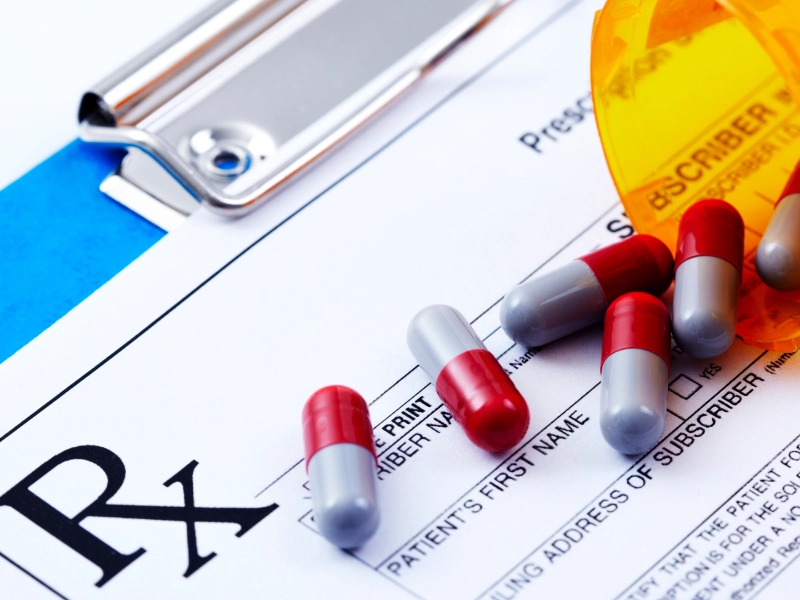 If you have employer-sponsored or individual health insurance, speak frankly with your doctor about costs. They may not think about the cost of a drug when prescribing, but you can tell them that it might be too expensive or even impossible for you to afford if your insurance doesn’t cover it. Ask your insurer about the plan’s formulary, or list of covered medications. This will show you what price category, or tier, a drug is in and how much you’ll pay out-of-pocket before your insurance kicks in.
Your health care provider will want you to get well, so they’ll often be happy to help you save money on medication. They can prescribe generic drugs, refer you to discount programs or patient assistance schemes, and compare prices at different pharmacies.
If you have employer-sponsored or individual health insurance, speak frankly with your doctor about costs. They may not think about the cost of a drug when prescribing, but you can tell them that it might be too expensive or even impossible for you to afford if your insurance doesn’t cover it. Ask your insurer about the plan’s formulary, or list of covered medications. This will show you what price category, or tier, a drug is in and how much you’ll pay out-of-pocket before your insurance kicks in.
Your health care provider will want you to get well, so they’ll often be happy to help you save money on medication. They can prescribe generic drugs, refer you to discount programs or patient assistance schemes, and compare prices at different pharmacies.
5. Shop Around
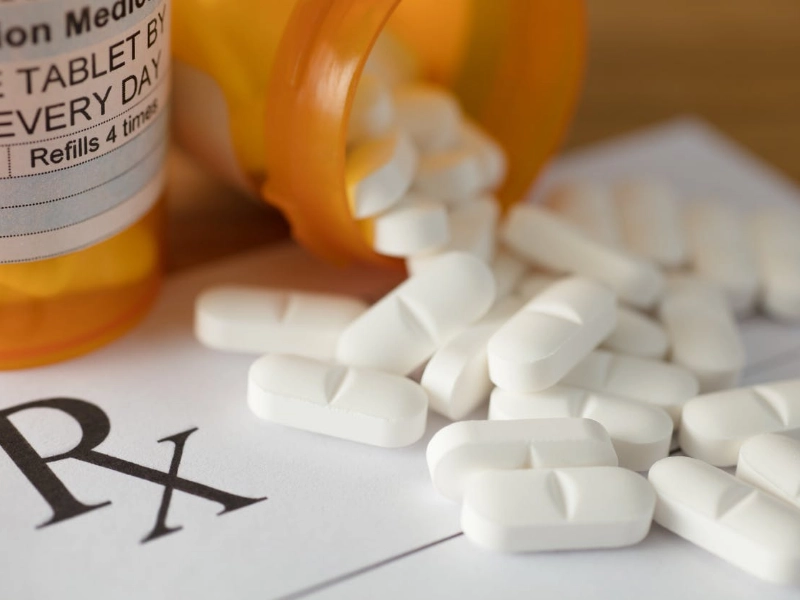 Many people don’t know that prescription drug prices vary widely from pharmacy to pharmacy, even within a single region. Price comparison apps and a little legwork can help cut costs, especially for recurring medications.
When shopping for medications, ask the pharmacist about alternatives to expensive brands or if you can use coupons or discount cards. You can also compare prices with and without insurance by using tools like GoodRx.
For those who don’t have health insurance or have high deductibles, it can be worth paying cash for their medications to avoid the higher cost of using their insurance. But that isn’t an excuse to skip the drugs altogether—people should always follow their doctor’s instructions, regardless of how costly. Many manufacturers have patient assistance programs for those who meet certain criteria.
Many people don’t know that prescription drug prices vary widely from pharmacy to pharmacy, even within a single region. Price comparison apps and a little legwork can help cut costs, especially for recurring medications.
When shopping for medications, ask the pharmacist about alternatives to expensive brands or if you can use coupons or discount cards. You can also compare prices with and without insurance by using tools like GoodRx.
For those who don’t have health insurance or have high deductibles, it can be worth paying cash for their medications to avoid the higher cost of using their insurance. But that isn’t an excuse to skip the drugs altogether—people should always follow their doctor’s instructions, regardless of how costly. Many manufacturers have patient assistance programs for those who meet certain criteria.



